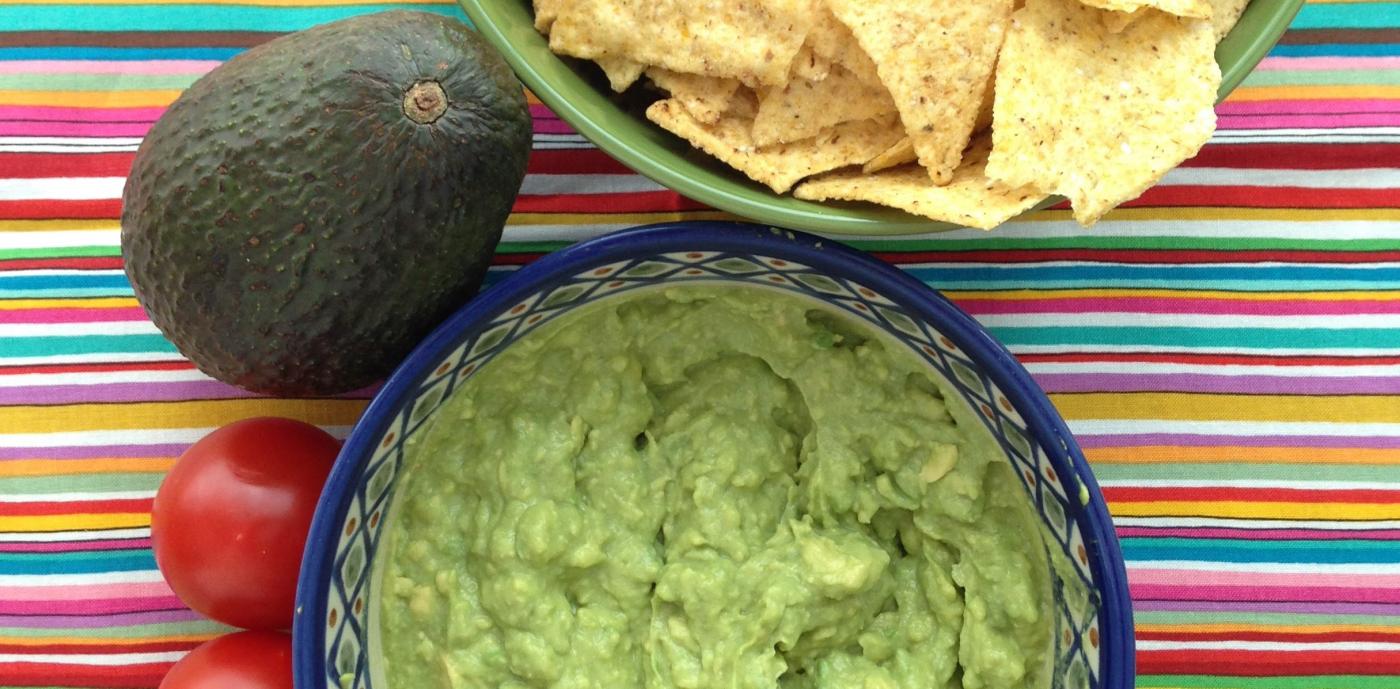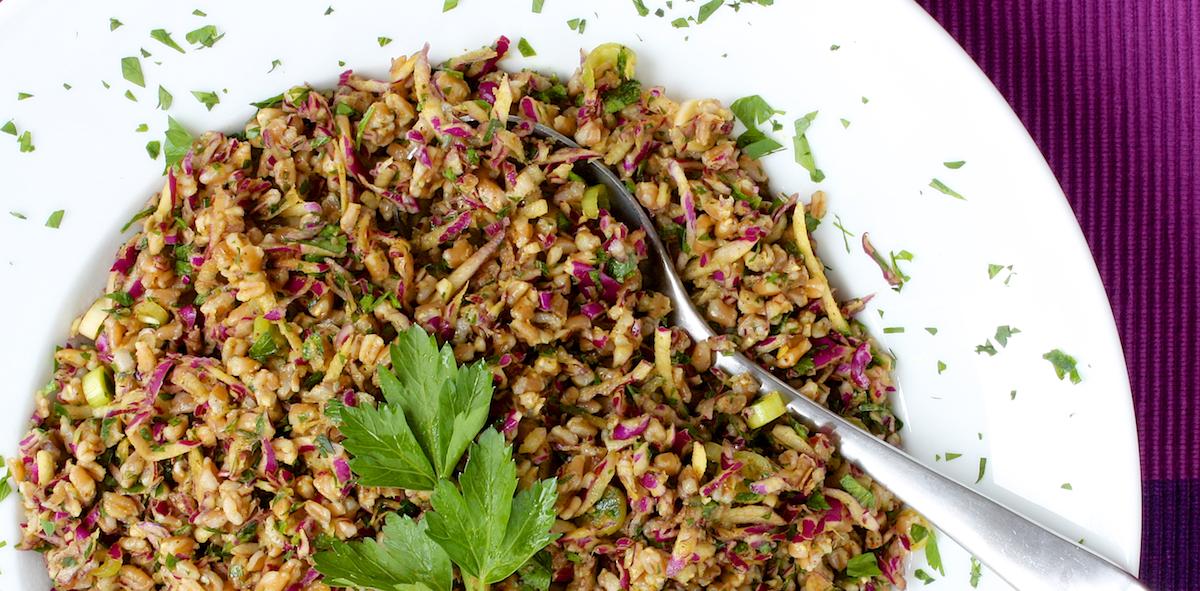Share This
This blog was originally published on US News & World Report’s Eat + Run blog. See the original post here.
Back in the day, people used to spend less time at work, in school and on the road, and more time in the kitchen preparing fresh and unprocessed ingredients. They savored meals over hours in the company of friends and family, and were active for much of the day.
Sounds like a distant dream, right? Wrong. Turns out, the best kept secret of the old ways of cooking is that “from scratch” does not always have to mean “time-consuming.” In fact, many old food preparation techniques are easy enough to fit right into the modern era. If you want to cook more at home, but don’t have a lot of extra time to do it, try making these traditional foods and dishes:
Olive oil, vinegar, salt, and pepper — that’s all it takes to make the most rudimentary, but still delicious, salad dressing. The general rule of thumb is to use a 2-to-1 ratio of oil to vinegar, but you can adjust the proportions to suit your taste for vinegar. Spice up your recipes by varying the type of olive oil (extra-virgin olive oils vary greatly depending on where the olives used to make them are grown) and vinegar (red wine, white wine, champagne, and balsamic all have different flavors). Add fresh citrus juice, fresh herbs, spices, honey, mustard, garlic, or any combination of these ingredients to create a custom blend. The benefit of making your own dressing is that you have complete control over the ingredients. Once you find an elixir that suits your salads, it takes less than five minutes to put together a jar to last the whole week. And, you might have just created a new family recipe.
2. Guacamole
Guacamole, in its most basic form, is made from ripe avocados mashed with salt. This simple, creamy combination can be traced all the way back to the Aztecs in what is now Mexico. Today, this old-school avocado mash is experiencing a surge in popularity, cropping up on more and more grocery shelves and restaurant menus. If you cringe at the cost of adding guac to your meal when dining out, try making your own at home. All it requires is ripe avocados and any or all of the following ingredients: lemon or lime juice and zest, fresh cilantro, fresh chiles for spice, and a little red onion or tomato. Use guacamole on toast, with potatoes, or thin it out with a liquid like water, citrus juice, or yogurt to make avocado sauce and soup like the Aztecs did.
3. Tomato Sauce
Excellent tomato sauce comes down to its ingredients’ quality. Beyond that, it’s very simple to make yourself. Just simmer together high-quality canned or fresh tomatoes, a bit of water, onion, garlic, fresh herbs, salt, pepper, and extra-virgin olive oil for 30 minutes, and you’ll have a tasty sauce for pasta and homemade pizza. Like all homemade foods, the beauty of tomato sauce made from scratch is that you know precisely what it contains, and you can add ingredients such as red pepper flakes, olives, and anchovies to flavor it and make it all your own. Making tomato sauce is also an excellent way to preserve the summer tomato harvest and enjoy it all winter long.
Making your own cheese might seem intimidating, but it’s not as complicated as you might think. Ricotta, a creamy Italian cheese used in ravioli, for one, literally translates to “recooked.” The name hints at how simple it is to make: Just simmer milk, cream, yogurt, lemon juice, and salt together until curds form. The only other requirements are some cheesecloth and 30 minutes. As a result, you’ll have ricotta that’s far superior in taste, and often price, than what you’d find at the supermarket. Use it with pasta, on toast, or in scrambled eggs. Because it’s so mild, ricotta can even be used in desserts. Try mixing it with a little sugar, chocolate shavings, and chopped nuts for a Mediterranean-style pudding.
Instead of adding croutons to your next salad, try adding ancient grains. Because most ancient grains are available in their whole-grain form, you’ll be getting more fiber, protein, and vitamins and minerals. Plus, intact grains are a less processed choice, with less sodium and added fats than your average crouton. Ancient grains — such as farro, millet, black rice, spelt, teff, quinoa, and amaranth — are grains that have been unchanged over the last several hundred years, according to the Oldways Whole Grains Council. Cooking most ancient grains is very similar to cooking rice: Simply combine the dry grain in a pan with water or broth, bring to a boil and then simmer until the liquid is absorbed.
6. Sauerkraut
Homemade sauerkraut has a delicious sour bite and is much more flavorful than what’s available at the grocery store. Its flavor comes from fermentation over several days or weeks — a similar process to making yogurt or salami, for example. All you need is shredded cabbage, salt and a container to store it in the refrigerator while it ferments. Traditional sauerkraut is often made with shredded carrots and caraway seeds, too. You might see bubbles or foam on the surface of the cabbage as time passes, but this is just a normal part of the fermentation process. Enjoy it cold, as a side salad or warm with sausage.
Lara Bertoia, Mediterranean Program Manager




Add a Comment